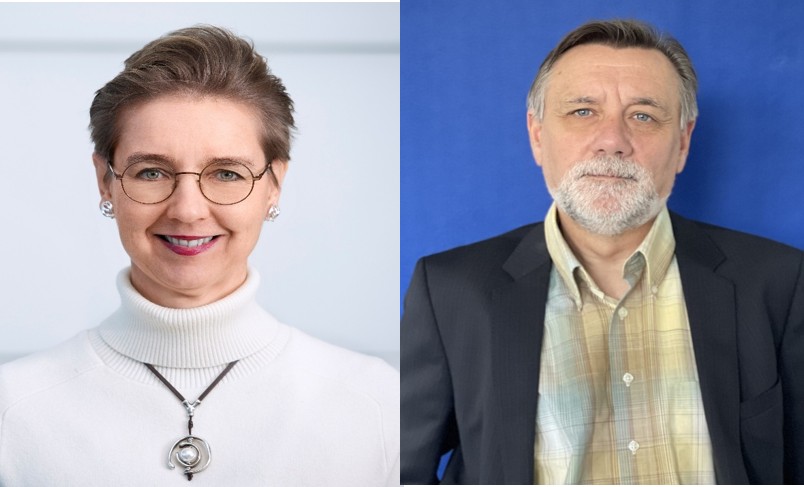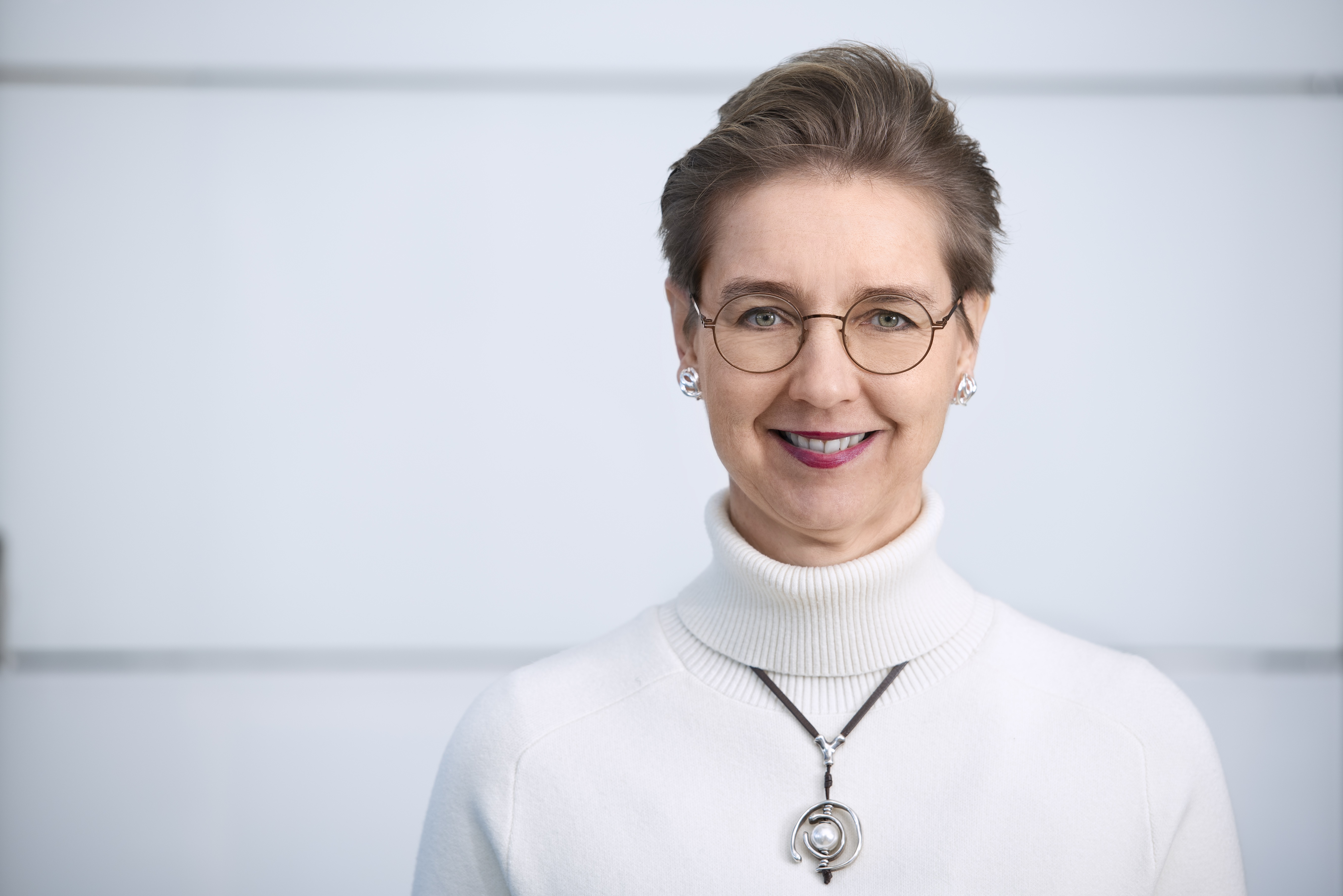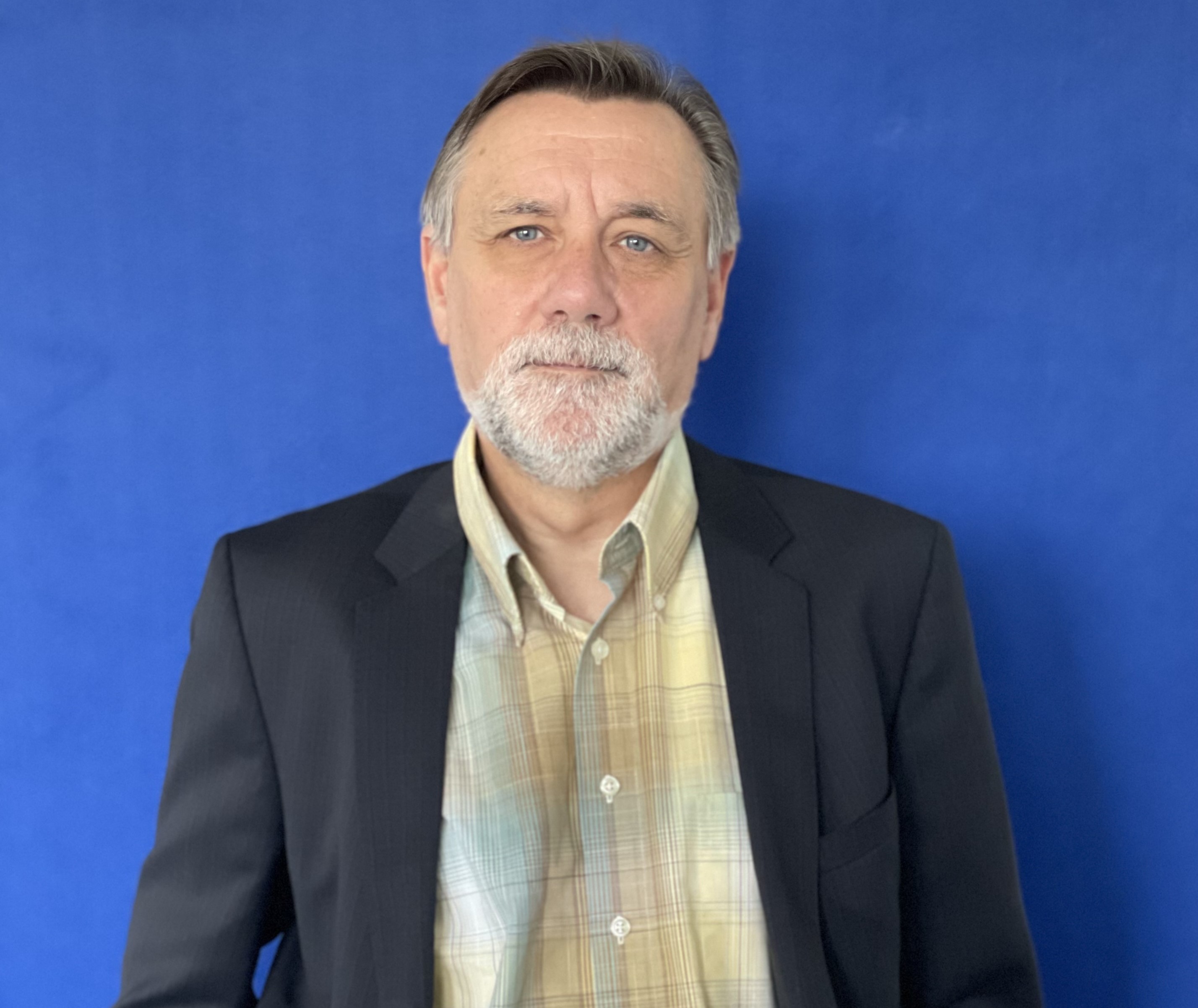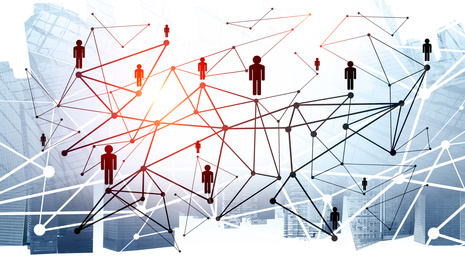How standardization is supporting the steel industry in its transformation
by Dagmar Dieterle-Witte

Towards a climate-neutral future with standards
How standardization supports the steel industry in the transition
Sibylle Gabler, Member of the DIN Executive Board, and Dr. Richard Knobloch, Managing Director of the DIN Iron and Steel Standards Committee (FES), talk about the challenges and opportunities of the transformation of the steel industry and the contribution of international standards.
 marketSTEEL: German competitiveness is under pressure - energy prices, geopolitical uncertainties and investment costs are making the green transformation in the steel industry even more challenging. Where do you currently see the biggest challenges?
marketSTEEL: German competitiveness is under pressure - energy prices, geopolitical uncertainties and investment costs are making the green transformation in the steel industry even more challenging. Where do you currently see the biggest challenges?
Sibylle Gabler: In addition to high energy prices and geopolitical risks, international competition in standardization is also growing: China, the USA and other key countries have already established their own specifications for green steel. Europe must follow suit quickly - with a uniform standard that regulates binding measurement methods, for example. Right now, it is crucial that the German and European steel industry makes targeted and strategic use of standardization. Standards create clarity, strengthen trust and secure investments.
marketSTEEL: Mr. Knobloch, the transformation of the steel industry is in full swing. Where do you currently see the greatest progress?
Dr. Richard Knobloch: The steel industry is at a turning point. The industry has made a clear commitment to climate neutrality and is working on adapting its production processes. Some companies are leading the way - by building direct reduction plants or switching to electric steel production with green electricity. Initial pilot projects are delivering promising results: Lower-emission steel is already coming onto the market. At the same time, manufacturers are optimizing their processes in order to ensure the usual steel quality even with the new methods. The transformation is technically demanding and requires major investments, but the will to implement it is clearly noticeable.
 marketSTEEL: That sounds like great progress. But what challenges still need to be overcome?
marketSTEEL: That sounds like great progress. But what challenges still need to be overcome?
Dr. Richard Knobloch: I see the biggest challenges in the area of infrastructure and raw materials. Above all, there is a lack of hydrogen in sufficient quantity and quality. Without it, the transition will not succeed - this is where the industry and politicians need to work together. But hydrogen alone is not enough: scrap in the required quality will also be crucial for the electric steel route. At the same time, we need internationally coordinated rules for subsidies and CO₂ pricing in order to create fair competitive conditions. And finally, there is another factor behind all of this: we need skilled workers, such as young engineers, to shape and drive this necessary change in the coming years.
marketSTEEL: Ms Gabler, what role does standardization play in this?
Sibylle Gabler: Standards are the basis for technical safety and for the marketability of new products. The steel industry must ensure that steel produced using new processes such as hydrogen-based direct reduction or from a higher proportion of scrap also has comparable quality properties to conventionally produced steel. The revision of existing standards plays a major role here.
marketSTEEL: And how does this affect the work of the FES?
Dr. Richard Knobloch: The FES plays a central role in this change. We continuously analyze which existing standards need to be adapted to new requirements - especially with regard to new manufacturing processes such as hydrogen-based direct reduction. Experts from industry, research and application contribute their knowledge to our committees in order to create practical, future-proof standards. In doing so, we focus both on specific technical issues and on overarching goals such as climate protection and resource efficiency.
 marketSTEEL: But international cooperation is important for the transformation to succeed. How do the standards organizations around the world work together, Ms Gabler?
marketSTEEL: But international cooperation is important for the transformation to succeed. How do the standards organizations around the world work together, Ms Gabler?
Sibylle Gabler: Basically, the standardization system has a three-tier structure: There is national, European and international standardization. International standards, for example from the International Organization for Standardization - ISO for short - set global standards. European standards such as EN serve the internal market and must be adopted by the national standardization organizations. National standards in turn regulate country-specific topics. For the steel sector, this means that at international level, standardization is covered by ISO/TC 17 “Steel” and IEC/TC 68. At European level, CEN is responsible, and the technical committee CEN/TC 459 “ECISS” is responsible for the steel sector. At national level, DIN provides the platform for standardization work in Germany - in the steel sector, this is handled by the FES. The experts involved in the DIN committees also contribute the German positions to the European and international committees - this is how we ensure that German interests are taken into account. The VDEh is the sponsor of the FES and has been involved in standardizing steel production in Germany since it was founded in 1947, thereby strengthening the competitiveness of the German steel industry.
 marketSTEEL: Dr. Knobloch, one current topic is the Low Emission Steel Standard (LESS). How do you rate its importance?
marketSTEEL: Dr. Knobloch, one current topic is the Low Emission Steel Standard (LESS). How do you rate its importance?
Dr Richard Knobloch: The LESS concept shows how industry initiatives and standardization work together. The standard makes the CO₂ intensity of steel products transparent and divides them into emission classes. Stakeholders can thus make better comparisons and more informed decisions. We are currently examining whether LESS will be converted into a European standard. This could form the basis for sustainability certificates in the steel sector in the future.
marketSTEEL: After all these steps and developments, how do you see the future of the steel industry?
Sibylle Gabler: I am convinced that the steel industry will play a key role in the climate-neutral transformation of our economy. It is crucial that we consistently set the right course now. Standardization offers a binding framework that promotes innovation, standardizes processes and secures market access for climate-friendly products.
Dr. Richard Knobloch: With optimism and a healthy dose of realism. The switch to climate-neutral production processes is a generational project that involves enormous technical requirements. We are changing decades-old processes in just a few years. This is a major engineering achievement. It is crucial that we shape this change together - with manufacturers, users, standardization organizations and politicians. The FES will continue to play a central role in supporting the change in terms of standards and thus ensuring the future viability of the steel industry.
Background:
The DIN Iron and Steel Standards Committee (FES) is responsible for the standardization of steels and nickel alloys in Germany. The standards committee, which is based in Düsseldorf and is part of the VDEh Steel Institute in terms of organization and personnel, serves as an impartial platform for interested parties to develop national, European and international standards in the steel sector.
Photos: German Institute for Standardization (DIN), DIN Iron and Steel Standards Committee (FES), fotolia

